Turky Anjeer
₹299
The Turky Anjeer, also known as the Turkish Fig, is a delightful fruit-bearing tree that offers a unique blend of sweet and savory flavors. Renowned for its succulent fruits, this versatile tree is a popular choice for both home gardens and commercial orchards.
31 people are viewing this product right now
🔥 8 items sold in last 3 hours
Turky Anjeer, also known as the Brown Turkey Fig, is a popular and highly productive fig variety renowned for its delicious, sweet, and flavorful fruits. This deciduous tree is a prized addition to any home garden, providing shade, beauty, and a bountiful harvest of delectable figs.
Key Features & Benefits
- High Yielding: Known for producing abundant crops of large, sweet figs.
- Early Fruiting: Starts producing fruit early in the season, often with a second crop in late summer.
- Disease Resistant: Relatively resistant to common fig diseases, making it easier to maintain.
- Attractive Appearance: Features lush green foliage and an attractive growth habit, adding beauty to any landscape.
- Versatile Uses: Figs can be enjoyed fresh, dried, or used in various culinary creations, from jams and preserves to salads and desserts.
Plant Care Guide
Ideal Plantation Locations
Turky Anjeer thrives in warm climates with full sun exposure. It prefers well-drained, fertile soil with a slightly acidic to neutral pH. Suitable regions include Mediterranean climates and other areas with hot summers and mild winters.
Planting & Gardening Instructions
- Location: Select a sunny location with at least 6-8 hours of direct sunlight per day.
- Soil Preparation: Amend the soil with organic matter like compost to improve drainage and fertility.
- Planting: Plant the fig tree in a hole slightly larger than the root ball. Backfill with soil, water thoroughly, and mulch around the base to retain moisture.
- Spacing: Allow ample space for the tree to grow, typically 15-20 feet between trees.
Watering
Water the fig tree deeply and regularly, especially during periods of drought. Allow the soil to dry slightly between waterings to prevent root rot.
Fertilizers
Fertilize the fig tree in early spring with a balanced, slow-release fertilizer. Apply additional fertilizer during the growing season if needed, following the product instructions.
Repotting Instructions
Re-pot young fig trees annually in the spring to a larger container. For established trees in the ground, repotting is generally not necessary.
Fruiting Season
Turky Anjeer typically produces its first crop of figs in late spring or early summer. A second crop, known as the “Reba” crop, may also be produced later in the season.
Usage Ideas
- Home Gardens: Plant Turky Anjeer as a shade tree or ornamental plant in your backyard.
- Orchards: Cultivate fig orchards for commercial fruit production.
- Container Gardening: Grow fig trees in large containers on patios or balconies.
- Gifting: Gift a young fig tree to a gardening enthusiast.
Care Tips
- Pest Control: Monitor for pests such as fig wasps and scale insects, and take appropriate control measures.
- Pruning: Prune the fig tree lightly in late winter or early spring to maintain its shape and encourage new growth.
- Mulching: Apply a layer of organic mulch around the base of the tree to conserve moisture and suppress weeds.
Only logged in customers who have purchased this product may leave a review.
₹169
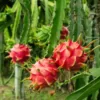
Related products
Designed, Developed & Maintained by Growww.
Copyright © 2024 Ashok Chakra Nursery

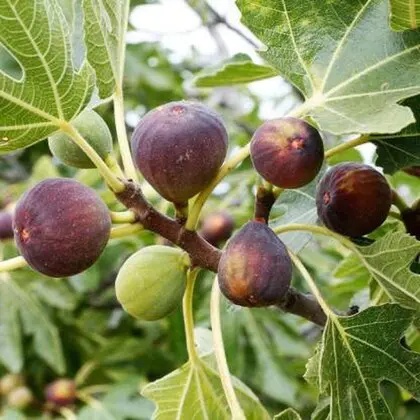
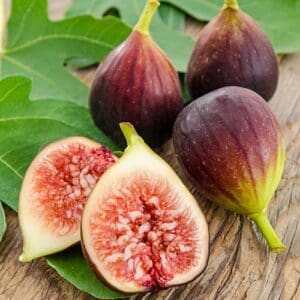
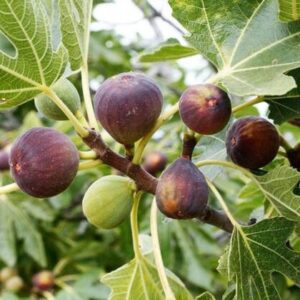
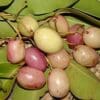
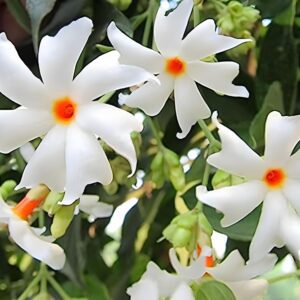
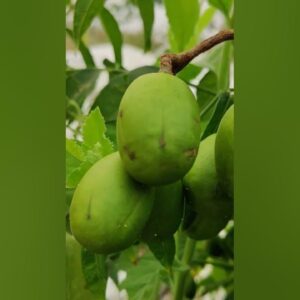
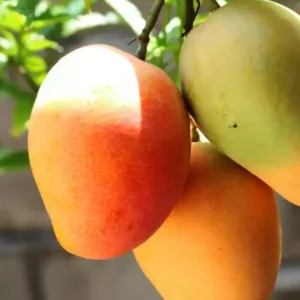
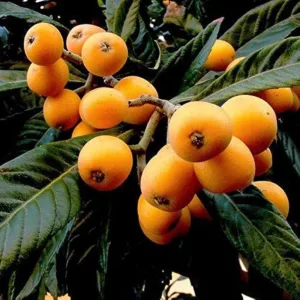
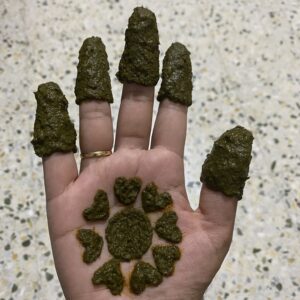
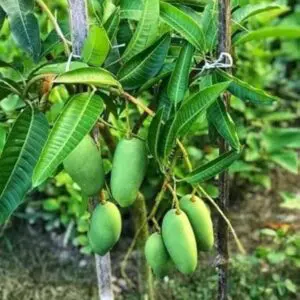
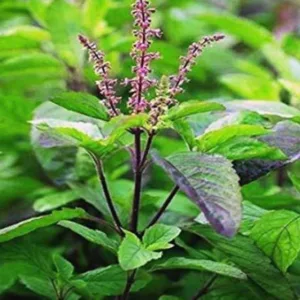
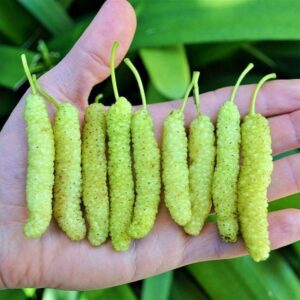
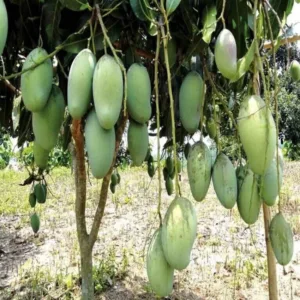
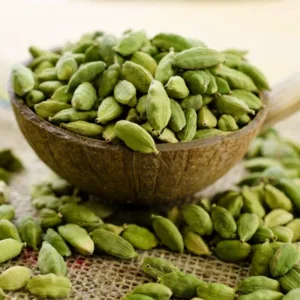
Reviews
There are no reviews yet.